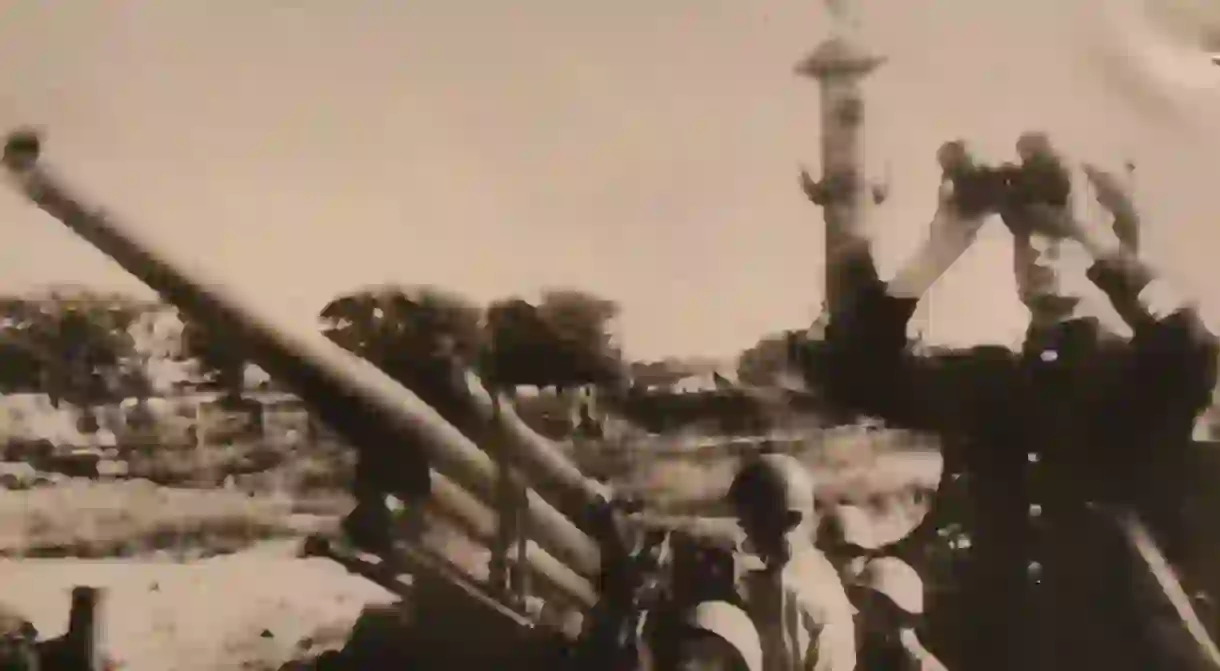A Brief History of the Siege of Leningrad

The Siege of Leningrad was the longest and most destructive siege of any city in the world. For 872 days, the citizens of Leningrad were at odds with death. Encircled by German troops, the city was cut off from supplies, short of water and under the constant threat of air attacks. Yet the citizens did not give up and believed that there was no other option but to fight. Surrender was never an option.
The first days
Leningrad was a strategic location and a desired hub for the German troops. Not only was it an important port and the base of the Soviet Baltic Fleet, but it was also the symbol of the Soviet Revolution. By the start of September 1941, it became apparent that the Germans were fast approaching the city. There was constant fighting on the outskirts of the city. The Moscow-Leningrad railway route was cut, and the enemy forces encircled Leningrad. Orders were given to fight to the end, and the three million citizens of Leningrad began preparing for the siege. Yet supplies had not been delivered in time, and soon all the shops and warehouses were empty. The only way to get anything to the city was by a dangerous and risky road, referred to as the ‘Road of Life’. The road was also used to evacuate people from the city, but every journey was a deadly risk.

Life under the siege
Schools were closed, correspondence was censored and ration cards were immediately issued for necessary products. With the start of winter, temperatures dropped to -40ºC (-40ºF), freezing all the water pipes. Citizens would go down to the river, make holes in the ice and carry water home. Rats were also an enormous issue as they spread disease and ate through the already scarce supplies. People were dying right on the streets and were often left unburied.
Through all this, the city tried to keep up morale. Museums and theatres remained operational as much as possible. Among the most memorable moments was the performance of the Leningrad Symphony (written by Dmitry Shostakovich), which was transmitted everywhere by loudspeaker. Leningrad was determined to survive.

The breakthrough and the end
By 1943 the first breakthroughs were made and the Soviet troops were preparing to free the city. On January 14, 1944, the siege was finally lifted. The pain of the two-plus years remained fresh in the memory of St Petersburg for decades afterward. The city itself was subject to heavy bombing and had horrific scars to show for it. The large imperial palaces, such as Catherine Palace and Peterhof Palace located on the outskirts, had been looted and destroyed. They underwent serious restoration and were eventually returned to their previous splendour, but many treasures like the infamous Amber Room were lost.
The siege is mostly remembered by families and friends of those who didn’t survive. Nearly every St Petersburg native you talk to will have a story about a family’s experience during the siege. The population of the city decreased by five times during those years. More often than not, entire families perished leaving only friends and neighbors to recount their struggle.














